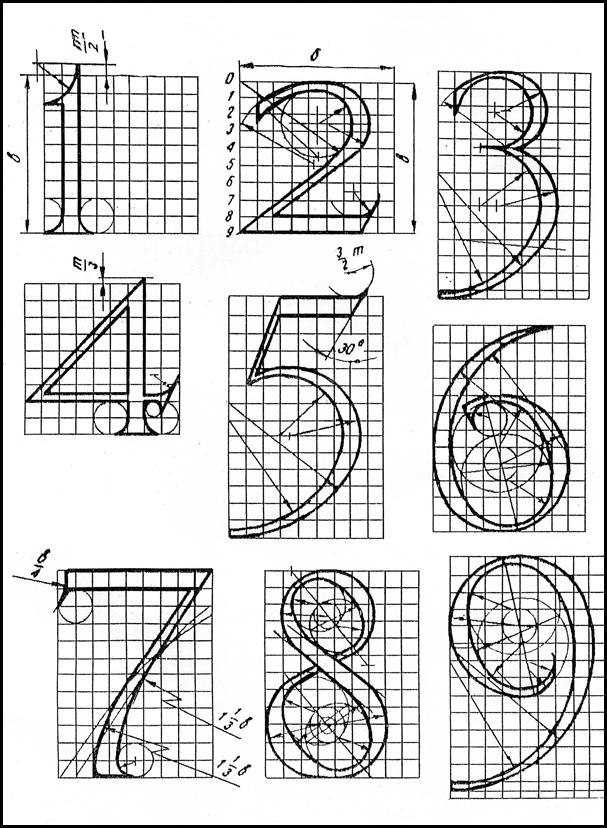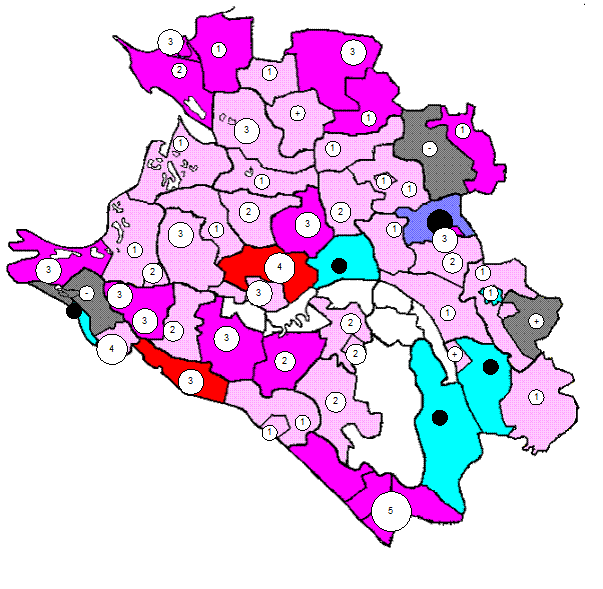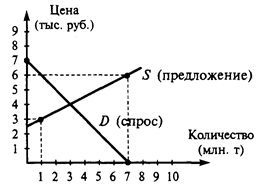Balance Sheet
The balance sheet shows the financial situation of the company on a particular date, generally the last day of its financial year.It lists the company’s assets, its liabilities and shareholders’ funds (owners’ equity). A business’s assets consist of its cash investments and property (buildings, machines and so on). Most often the asset section of the balance sheet is divided into current assets and fixed assets. Current assets include cash and other items (marketable securities, accounts receivable, etc.) that will or can become cash within the following year. Fixed assets – sometimes called property, plant and equipment – are long-term investments in land, buildings, machinery, equipment, furniture and other property used in running the business. Fixed assets have a useful life of more than one year. Assets are listed in descending order by liquidity, or the ease with which they can be converted into cash. Thus current assets are listed before fixed assets. Claims against those assets are liabilities or what the business owes to its creditors – such as banks and suppliers. For example when a company borrows money to purchase a building, the lender or creditor has a claim against the company’s assets. If liabilities are subtracted from assets (assets – liabilities) the amount remaining is the owners’ share of a business. This is known as owners’ equity (the investment of the owners in the business). The liabilities section of the balance sheet is often divided into current liabilities and long-term liabilities. Current liabilities are debts that will have to be paid within a year of the date of the balance sheet. These include accounts payable, notes payable, and accrued expenses. Long-term liabilities are debts that fall due more than a year from the date of the balance sheet (such as bonds and long-term notes). The owners’ equity includes share capital (money received from the issue of shares) and the company’s reserves, including the year’s retained earnings (the portion of shareholders’ equity that is not distributed to its owners in the form of dividends). An alternative term for owners’ equity is net assets. Sole proprietorships list the owner’s equity under the owner’s name, and partnerships list each partner’s share of the business separately. In the case of a corporation owners’ equity is the amount of common stock outstanding. The interdependence of these three components (assets, liabilities and owners’ equity) constitutes the fundamental accounting equation as follows: assets equal liabilities plus owners’ equity.
Assets = Liabilities + Owners’ equity
The accounting equation must always remain in balance; in other words, one side must equal the other. To keep the accounting equation in balance, companies use a double-entry bookkeeping system that records every transaction affecting assets, liabilities or owners’ equity. If, for example a business borrowed $ 10.000 from a bank, $10.000 would be added to assets (cash) on the left side of the accounting equation and $ 10.000 would also be added to liabilities (bank loans) on the right side. Thus two entries are required for every transaction and in this way the accounting equation is always kept in balance. The balance sheet provides a financial picture of a company on a particular date, and for this reason it is useful in two important areas. Internally the balance sheet provides managers with financial information for company decision-making. Externally, it gives potential investors data for evaluation of the company’s financial position. Thus, the balance sheet is a snapshot of a company’s financial position on a particular date, like December 31,2000. In effect it freezes all business actions and provides a baseline from which companies can measure change. This statement is called a balance sheet because it includes all elements in the accounting equation and shows the balance between assets on one side of the equation and liabilities and owners’ equity on the other side. In other words, like the accounting equation, a change on one side of the balance sheet means changes elsewhere.
|




